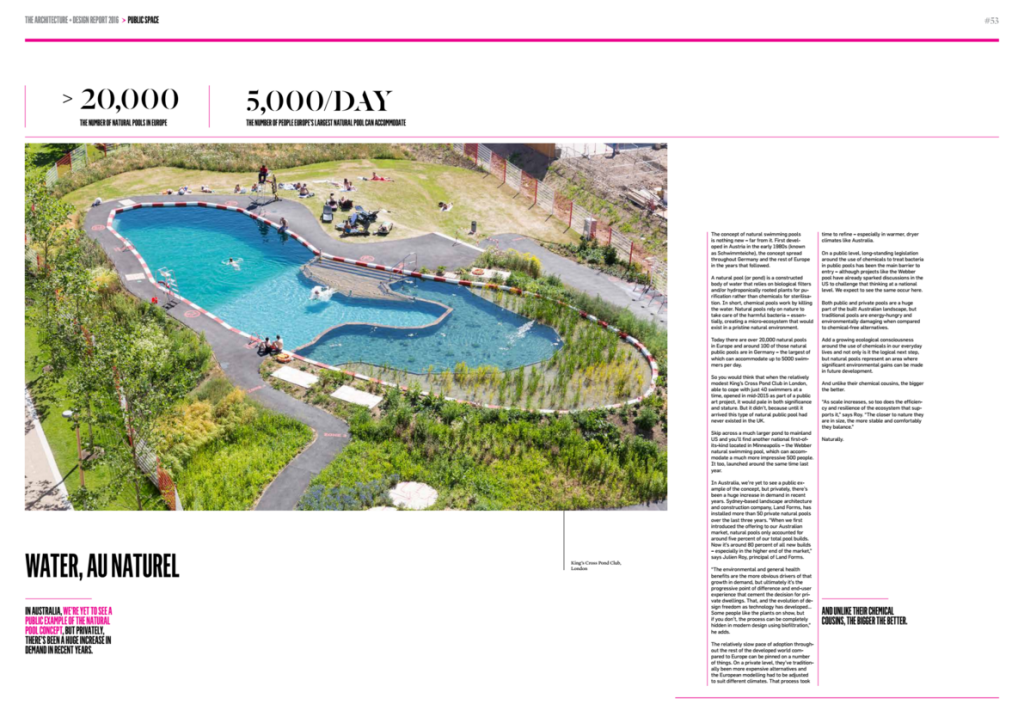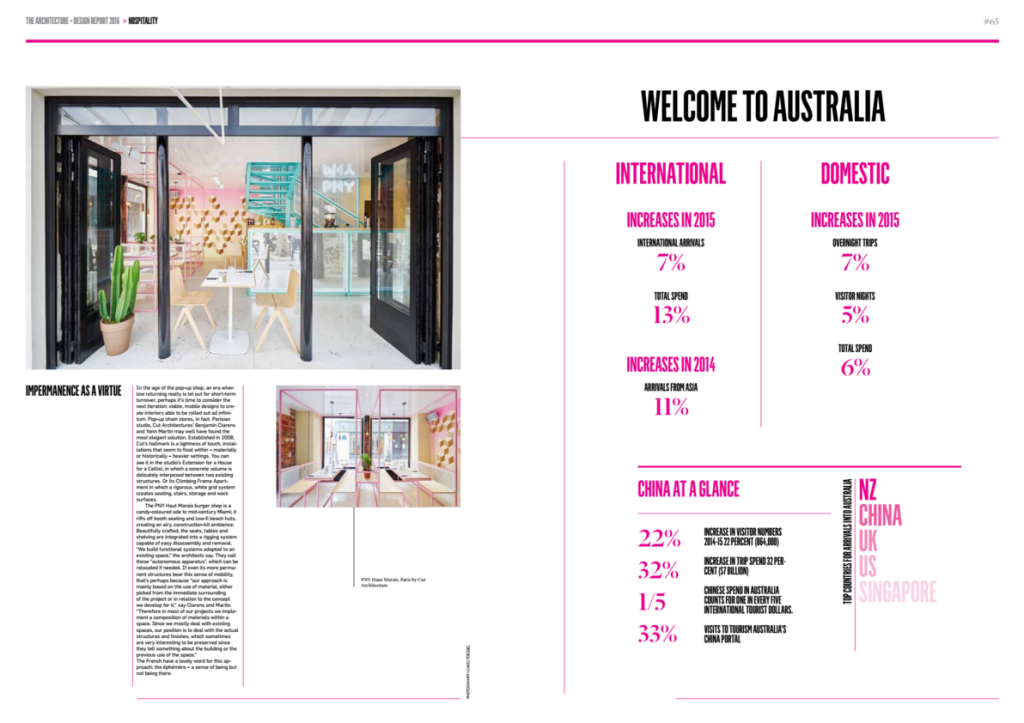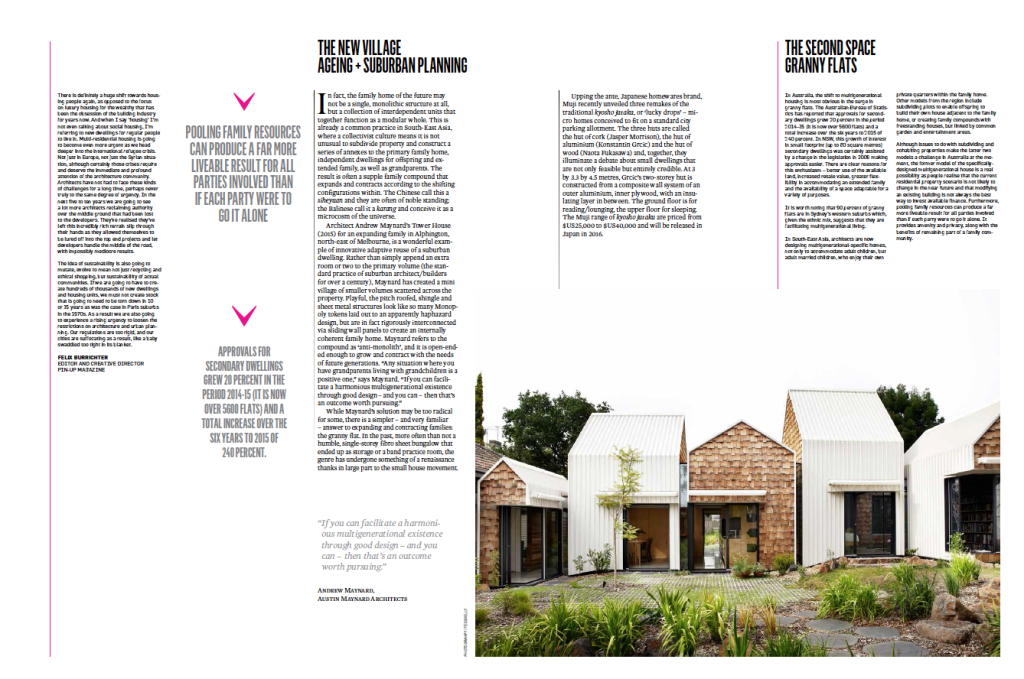
Design and Architecture Forecast reveals potential for Australia’s built future
Design and Architecture Forecast reveals potential for Australia’s built future
Share
A cautious and questioning spirit seems to dominate our thinking as we enter 2016. As we emerge from a long period in which serious debate on issues of population, environment and economic realities facing this country seemed to be in favour with no one (least of all those in a position to effect real change) it is incumbent upon us as a culture, and as an industry, to take stock.
The Australian economy, strategically shielde
Some of the questioning that is now prevalent in our sector covers some very tricky territory. Design is undergoing a massive response, worldwide, to the question of the sustainability of our profession, the sustainability implications of what we specify. There is much mention of our social engagement with solving serious issues. The 2016 Pritzker Laureate, Alejandro Aravena from Chile was cited by the jury for his practice of “architecture as an artful endeavour in private commissions and in designs for the public realm and (he) epitomises the revival of a more socially engaged architect.” We applaud the Pritzker jury in its decision.
In these pages, we illuminate a way forward where architects and planners take the lead in addressing issues, illustrate to their clients and to regulators everywhere not what simply responds to what is, but responds to what could be, what we could imagine.
In looking at complex trends, especially those that impact on something as vast as design for the built environment, the question is not where to start but how to limit the inquiry to the most timely, relevant and the most compelling. This report has examined just five pillars of the industry. There could have easily been fifty. We present here a starting point of topics which should be of most interest to the broadest cross section of practitioners, professionals and operators in the industry. We have had to exclude many areas of inquiry which we trust will form the basis of ongoing, specialised focus, areas such as renewable energy supply, transportation infrastructure and information technology.
Against the background of thorough and collaborative research, our colleagues Dr. Paul McGillick and Stephen Todd developed the content, insights and the remarkable depth of knowledge that is contained in these pages. We are grateful to them for sharing the wealth of their experience which combined exceeds 60 years of thinking, writing and just knowing the design and architecture practice both here in Australia and abroad.
Gorman/Birrell, February 2016
To find out more about the Forecast, visit future.australiandesignreview.



















